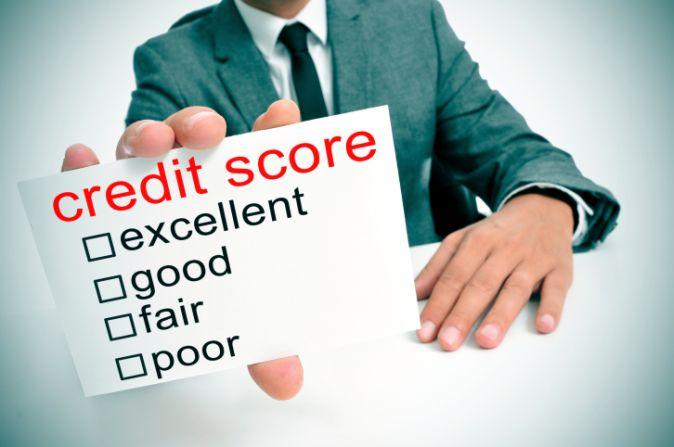The best way to understand how to build credit is to first understand how credit scores are composed. The score we will be using in this guide is the score issued by the Fair Isaac Corporation (FICO), for it is the industry standard and the one that lenders use.
35% of your score comes from your payment history. A good way to keep this up is to simply pay at least your minimum payment and to pay all of your bills on time every month.





